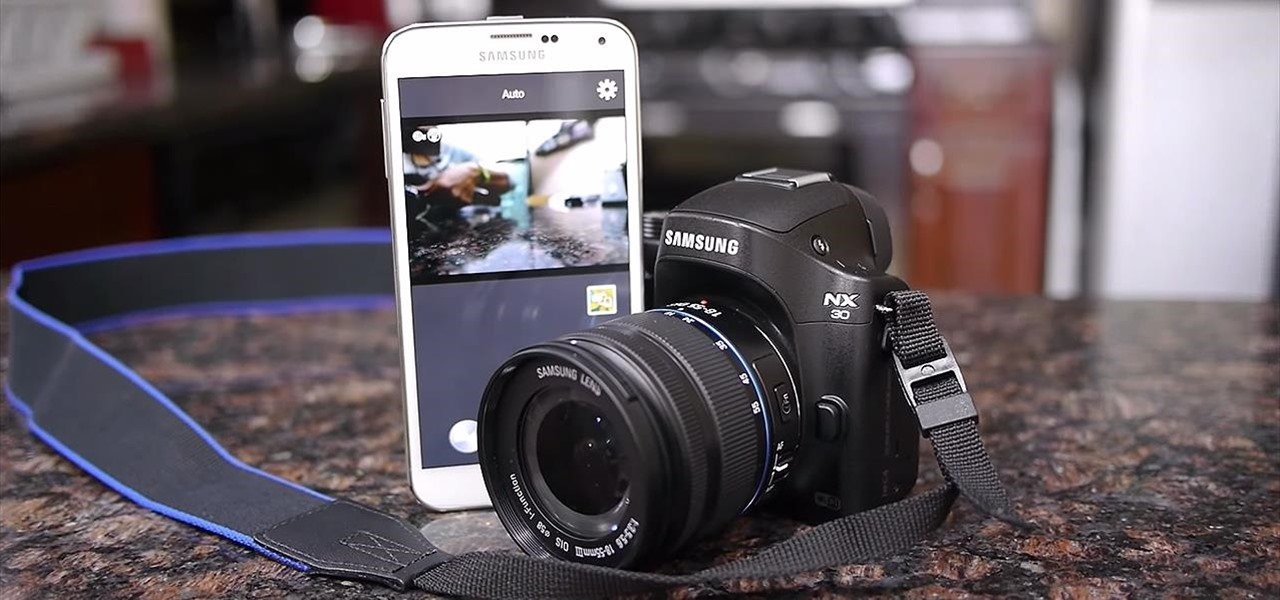Photography Features

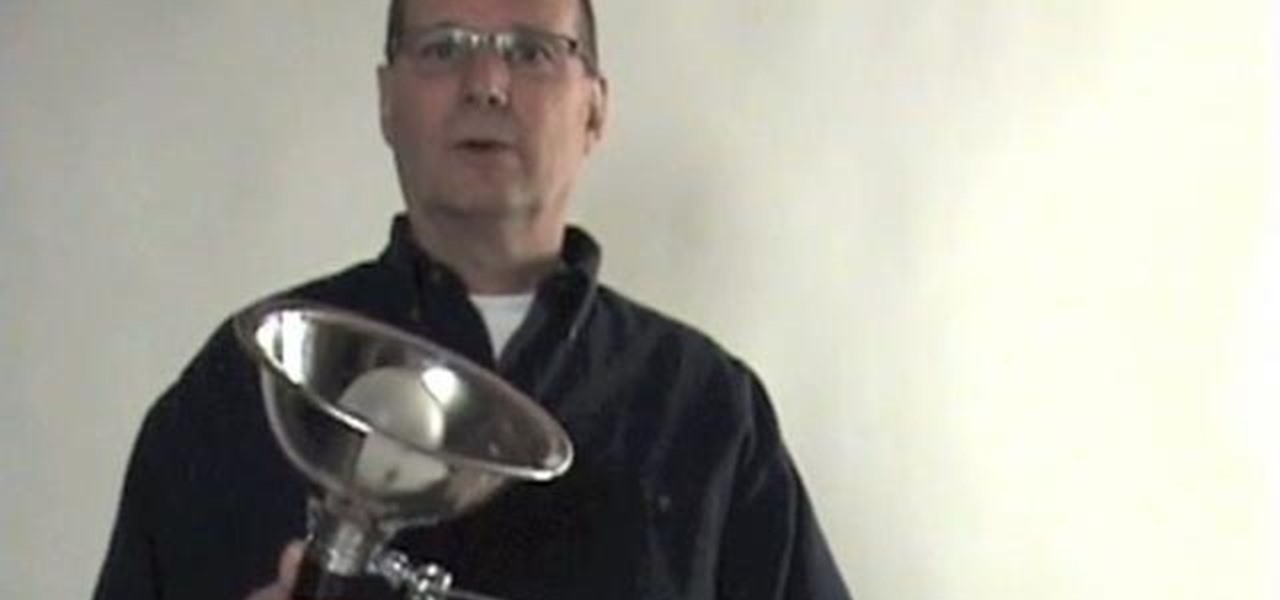
How To: Shoot a white object on a white background
Anxious about shooting a white foreground object against a white background? Learn how to take stunning white-on-white photographs with this free video photography lesson. For more information, including detailed, step-by-step instructions, and to get started taking your own wintry photographs, take a look.
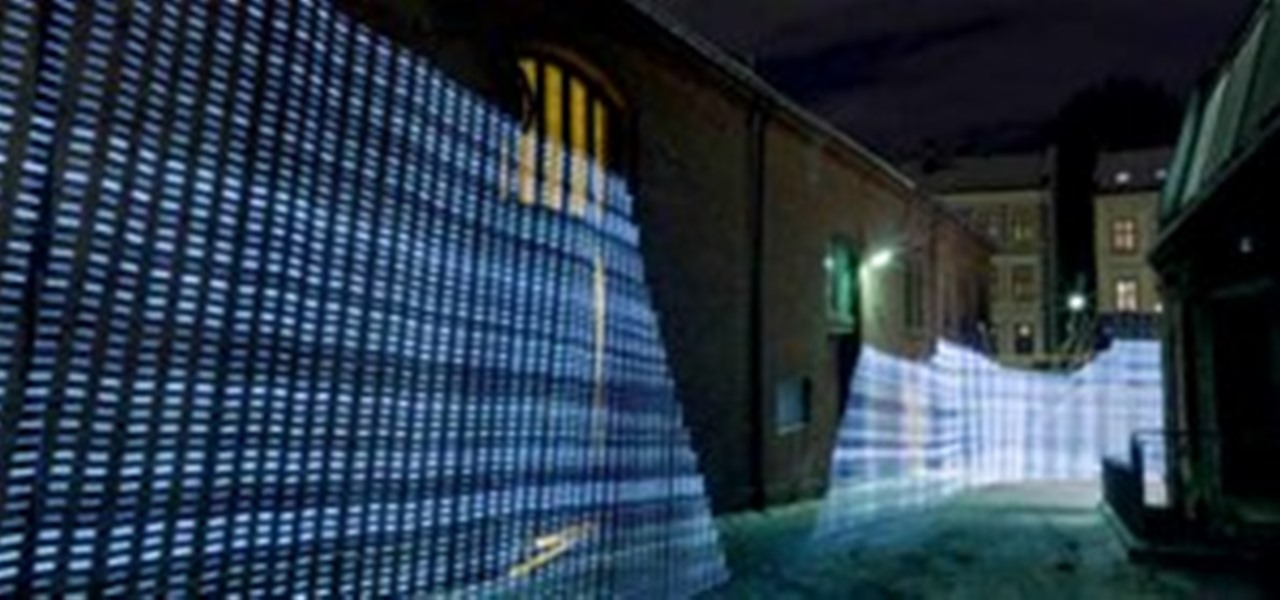
Eye Candy of the Day: WiFi Networks Visualized
Norwegian designers Timo Armall, Jørn Knutsen, and Einar Sneve Martinussen visually capture invisible WiFi signals by light painting signal strength in long-exposure photographs. The trio set up a four-meter long WiFi-detecting rod with 80 LED bulbs to depict cross-sections through the WiFi networks of various Oslo neighborhoods. Armall says:
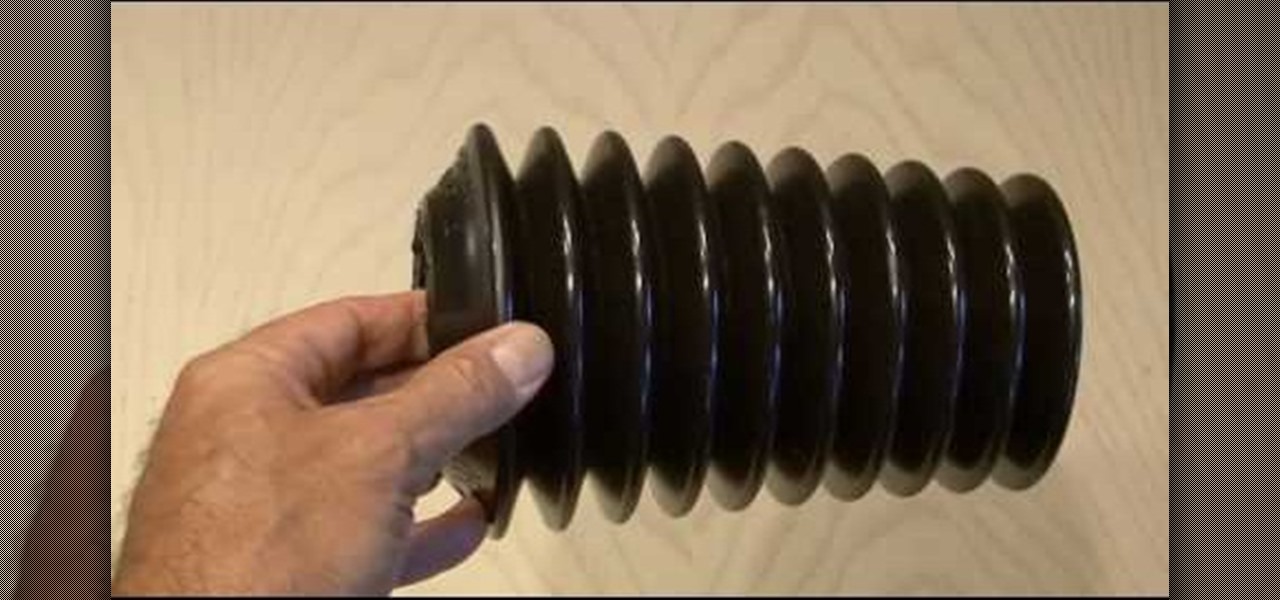
How To: Tilt-shift photography to create a miniature effect
Kipkay from Make Magazine shows us how to create a photographic illusion, making things look smaller than they really are with tilt-shift photography. Materials needed include rubber plunger, an oversized lens, a plastic body cap, a single lens (or digital single lens) camera, a hot glue gun, a sanding file, and a disposable object for a plastic backing, such as a VHS tape case. With this great tutorial and a little work, create the illusion of a miniaturized world with this photographic tech...
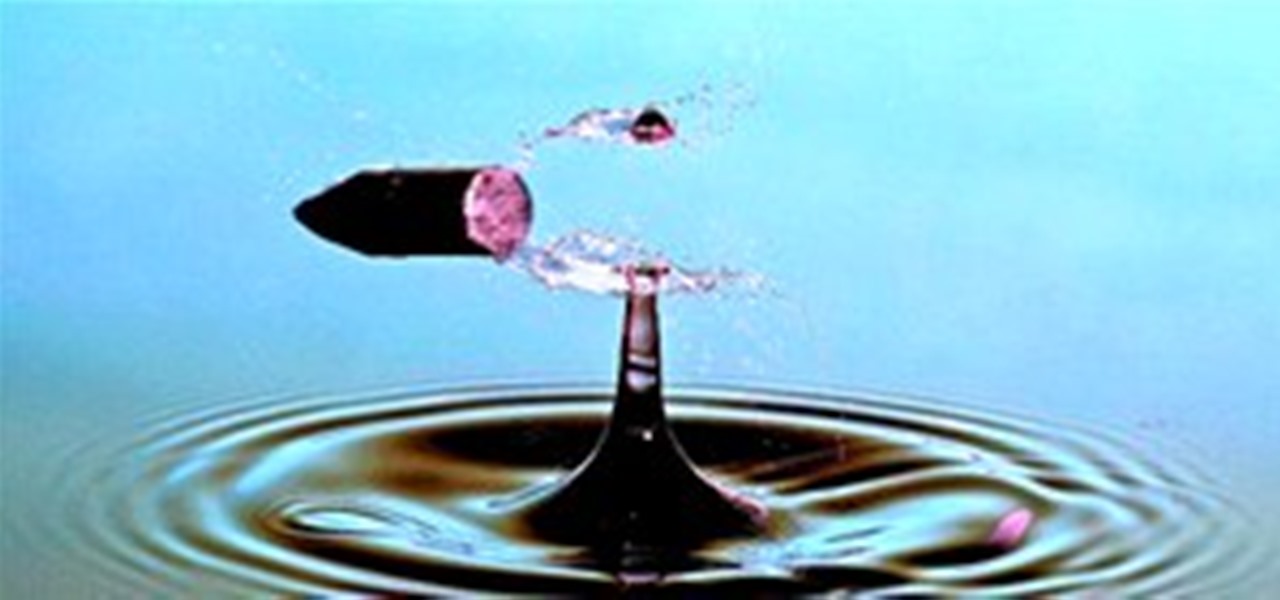
News: Speeding Bullet Vs. a Single Drop of Water
Alexander Augusteijn captures one of the world's most deadly projectiles slicing through the Earth's delicate water droplet.

How To: Load 600 film into a Polaroid SX-70 camera
Loading 600 film into a Polaroid SX-70 polaroid camera.

Light Painting with Fire: How to Create a Badass Wall of Flames!
Believe it or not, capturing a beautiful shot of a vehicle is more difficult than you think. Sure, you can just snap a photo, but capturing the design, detail, and essence of the car is a whole other story. Lighting, location, settings, and angles are play into how well the photographic representation turns out.
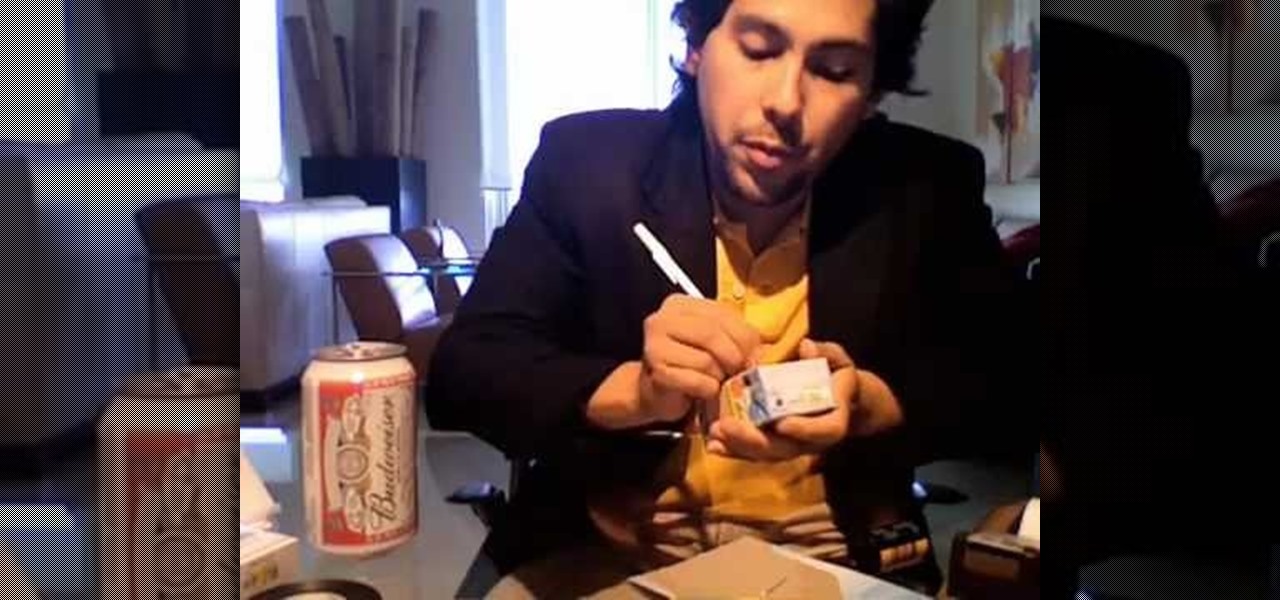
How To: Make a homemade pinhole camera
Want to create your own camera? The simplest one that you can create is a pinhole camera which can be constructed from everyday household items.
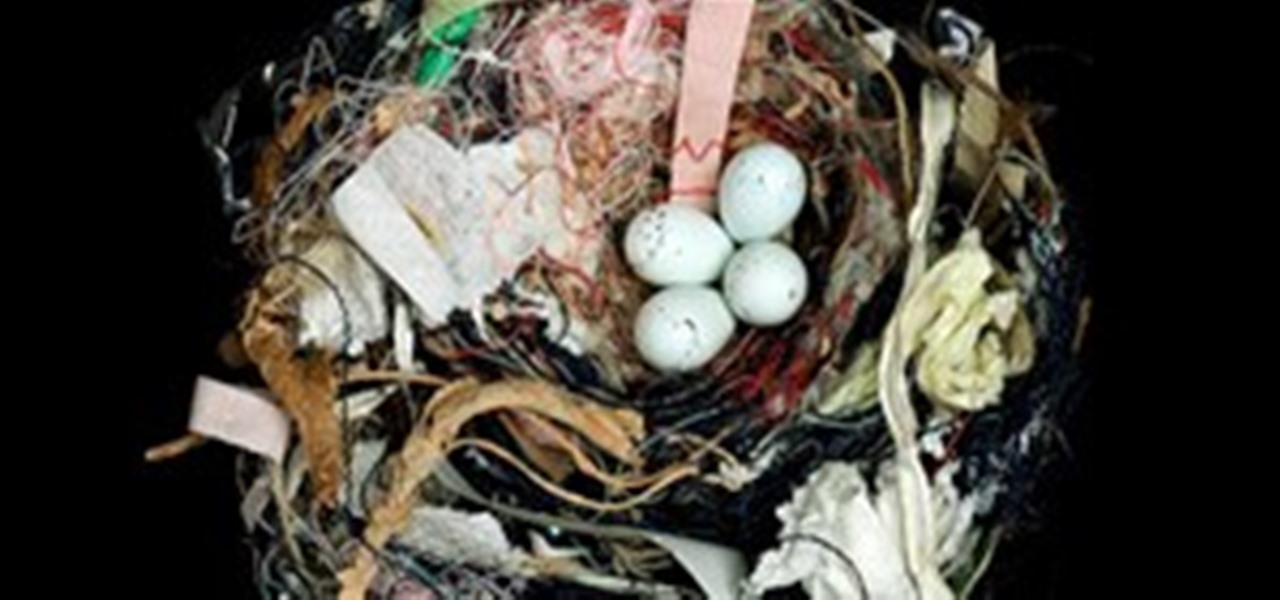
News: Birds as the Ultimate DIY Architects
The widely used expression "free as a bird" intimates an enviable existence: delicate, yet mighty wings transporting to destinations no human could so breezily venture. But despite their fanciful, superhero ability, in truth, the avian race leads one of the most difficult existences in the animal kingdom. Yes, birds have existed for eons—they likely evolved from small dinosaurs of the Jurassic period—but for these creatures, life can be ruthless.
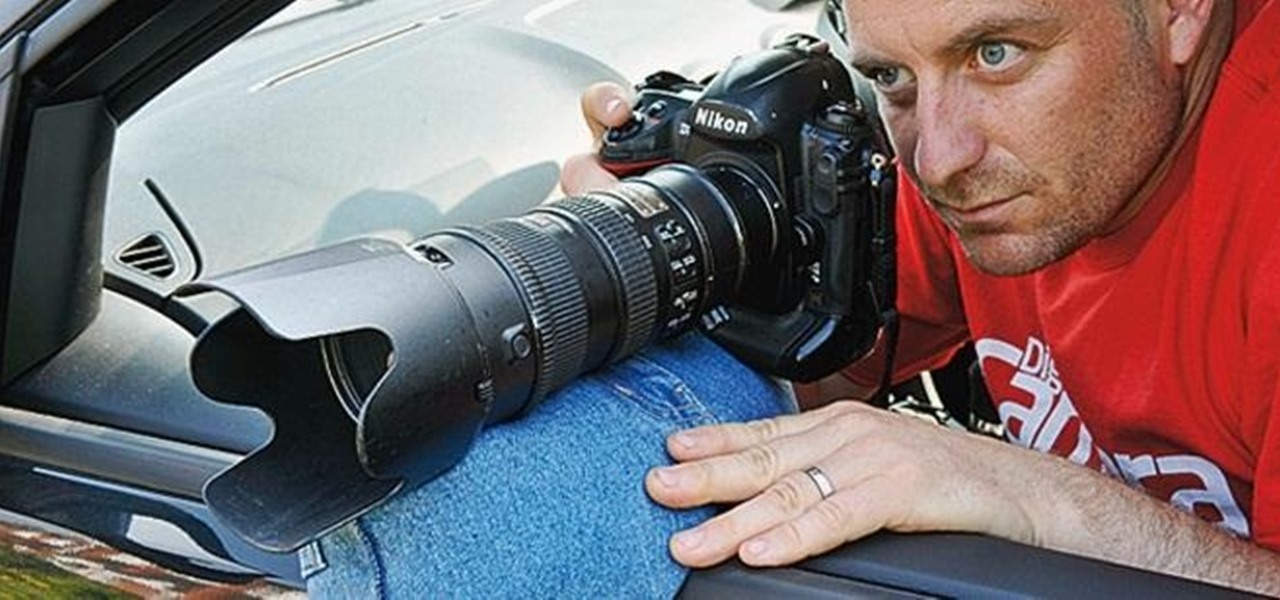
How To: Upcycle Your Old Jeans into a DIY Camera Stabilizer
Need a camera stabilizer, but don't have the cash? With an old pair of jeans, a bag of lentils, and an hour or two of your time, you can make one for cheap. Maybe even free, if you have a bag of those legumes already.
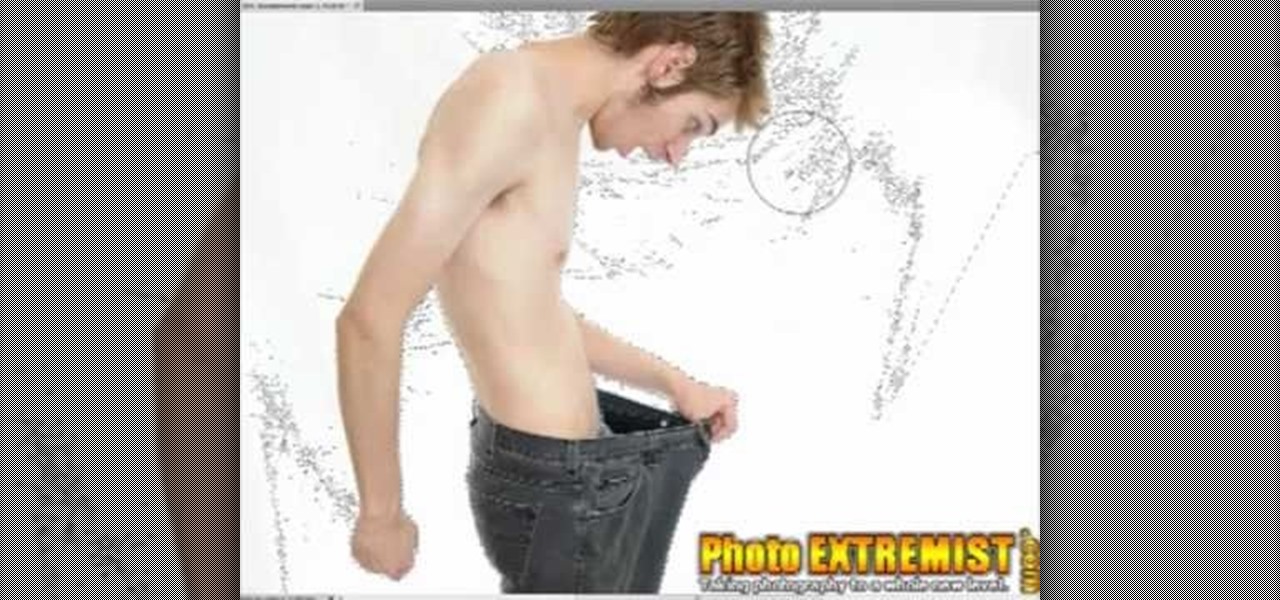
How To: Photograph well-lit isolated objects on a white background
Not all of us have an entire photo studio in our houses. In fact, unless you're a professional photographer, you probably don't have much space at all in which to create solid looking shots.
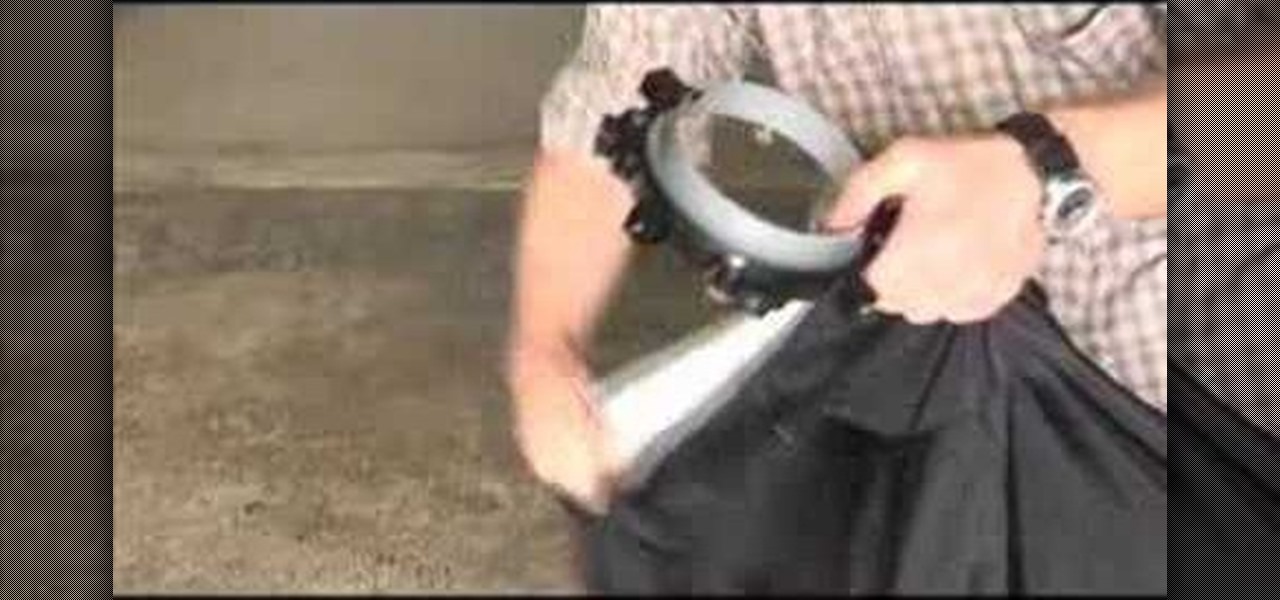
How To: Assemble a softbox in the photo studio
This one minute video shows how a softbox and speed ring are assembled quickly and easily in the photo studio. A softbox is just loose cloth with four flexible rods inside. You can use a softbox to adjust the direction of your lights for a professional studio photo shoot.
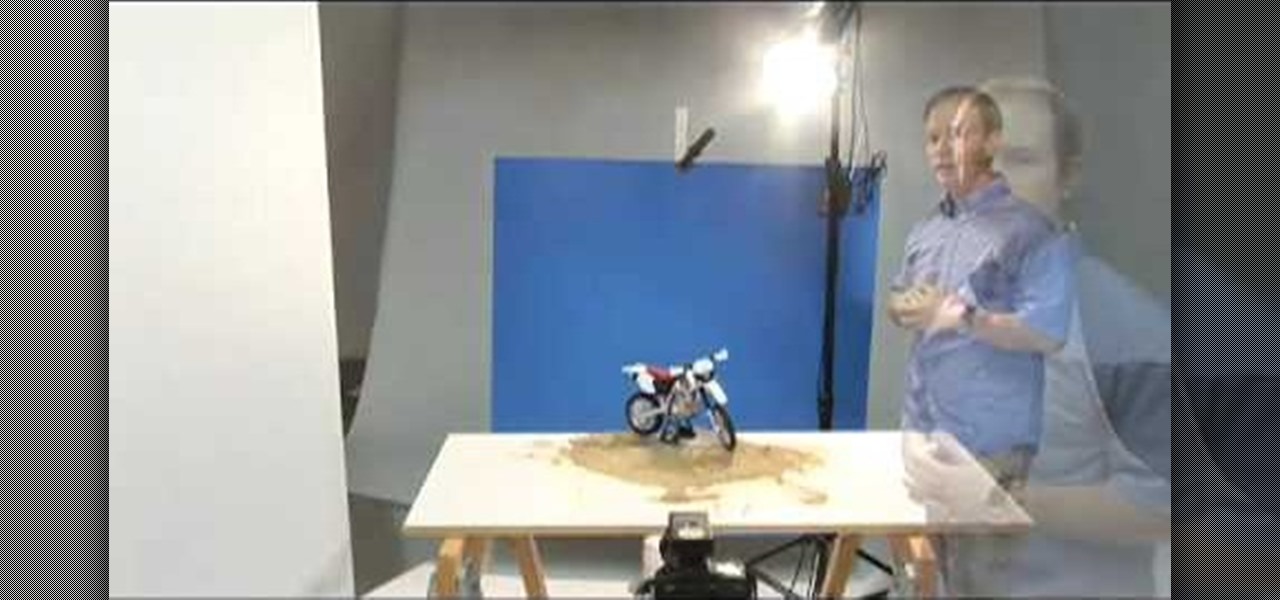
How To: Learn tabletop studio photography with mirrors
This instructional photography video with Jim Talkington explores tabletop studio photography done with mirrors. Use just one light and several mirrors to light your subject. You can also use silver poster board or white poster board to reflect the light from the strobe. Mirrors are the best way to reflect most of the light in your shoot. Practice these tips and improve your photography skills.
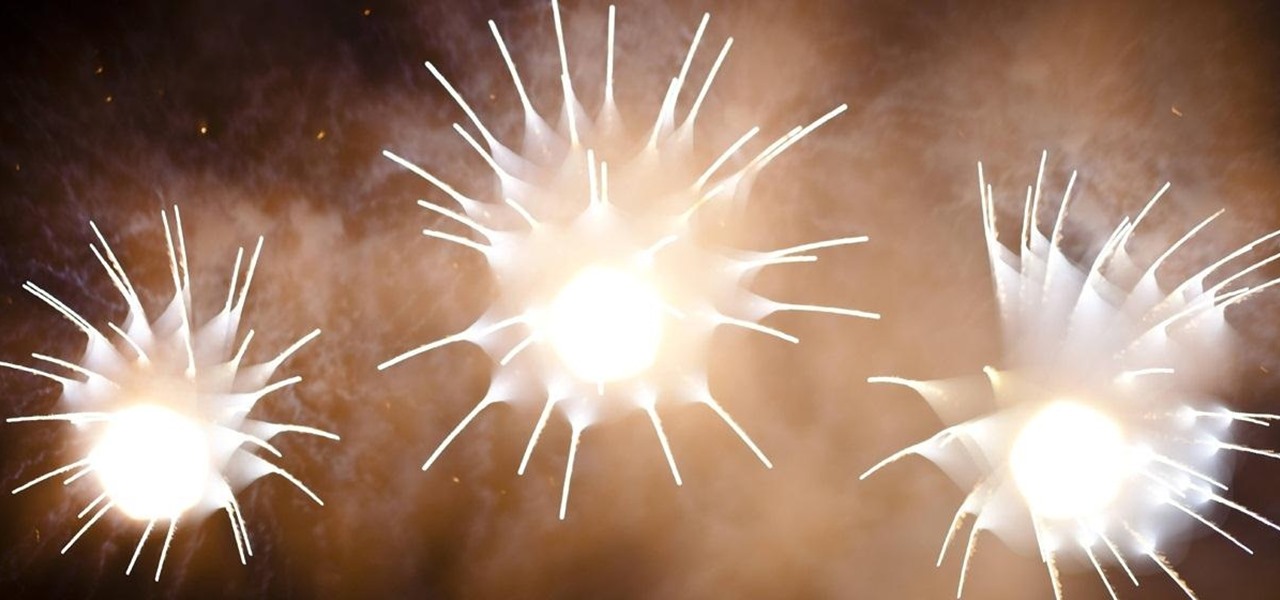
How To: This Easy Photo Trick Makes Fireworks Look Like Brilliant Sky Creatures
Anyone who does a lot of photography knows that the right exposure can make all the difference in the world. Taking a picture of something in motion requires a long exposure, so if you've ever wondered why your fireworks photos never quite turn out right, your shutter speed could be the key. Photographer David Johnson decided to put a twist on the classic long-exposure fireworks photo. Normally, when people take photos of fireworks displays, they just set a long exposure for somewhere over 3 ...

How To: Repair the write protection on an SD card
In this video tutorial, viewers learn how to repair the write protect on an SD card. An SD card is a non-volatile memory card format that is used in portable devices. If the write protect on a SD card is broken, the user cannot record any files onto the card. To fix this, viewers will need a small piece of scotch tape. Put the tape on the notch of the SD card. Do not cover the metal tabs at the back. This video will benefit those viewers who have a SD card and would like to repair the write p...
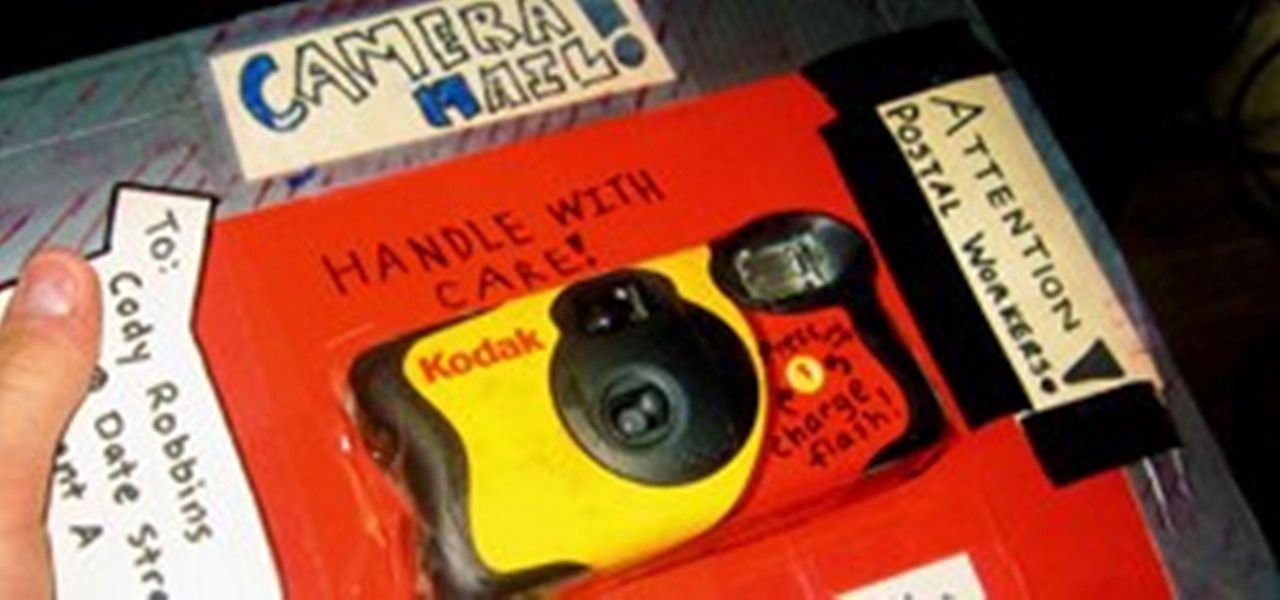
News: Disposable "CameraMail" Reveals the Inner Workings of the Post Office
What would happen if a working disposable camera were to travel from Massachusetts to Hawaii via first-class mail, with explicit instructions for its handlers to take photographs?

How To: Get a spinning effect in your photography
Learn how to make it look like the subjects of your photos are spinning by changing the shutter speed and making the background streak.
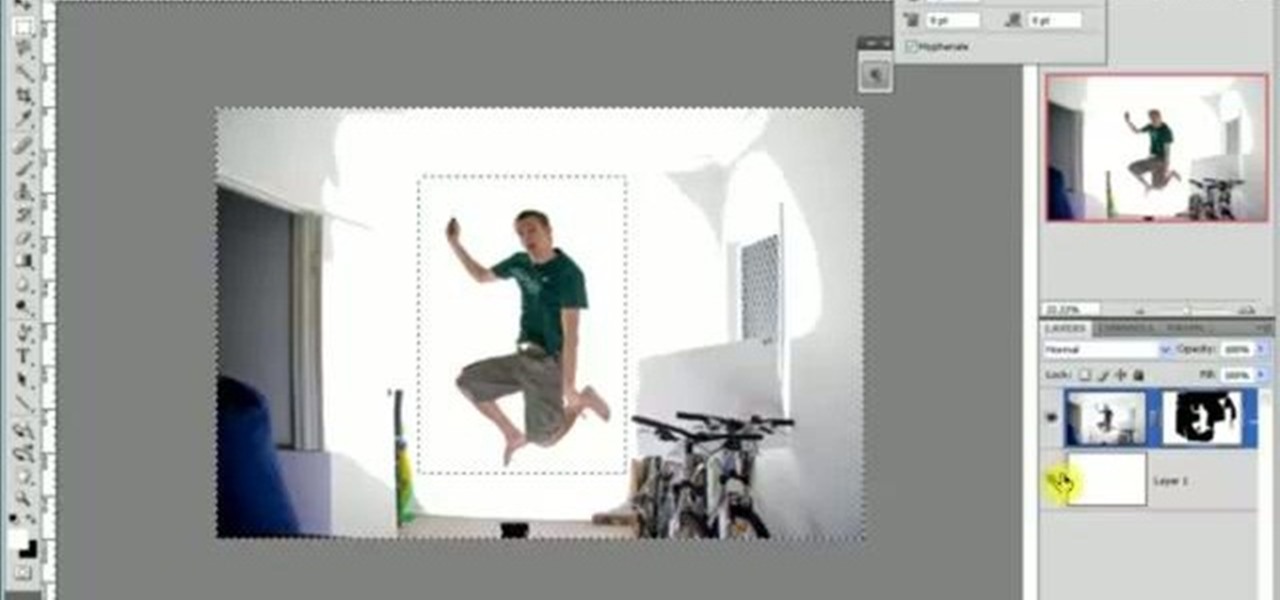
How To: Create an easy and inexpensive seamless white background for photography
Love the look of the seamless white background in some trendy photographs? You don't need to pay for expensive remodeling to your studio - this video explains a very simple and inexpensive technique you can use to achieve this same effect in your low budget studio.

How To: Build a Horizon-Stabilized Camera That Mounts on Your Bike or Motorcycle
There are plenty of ways to mount your camera on your bike, but there's not much you can do about uneven surfaces on the road that cause your videos to end up looking shaky. If you're on a motorcycle, it's even worse because turns force you to lean, which makes your video tilt.
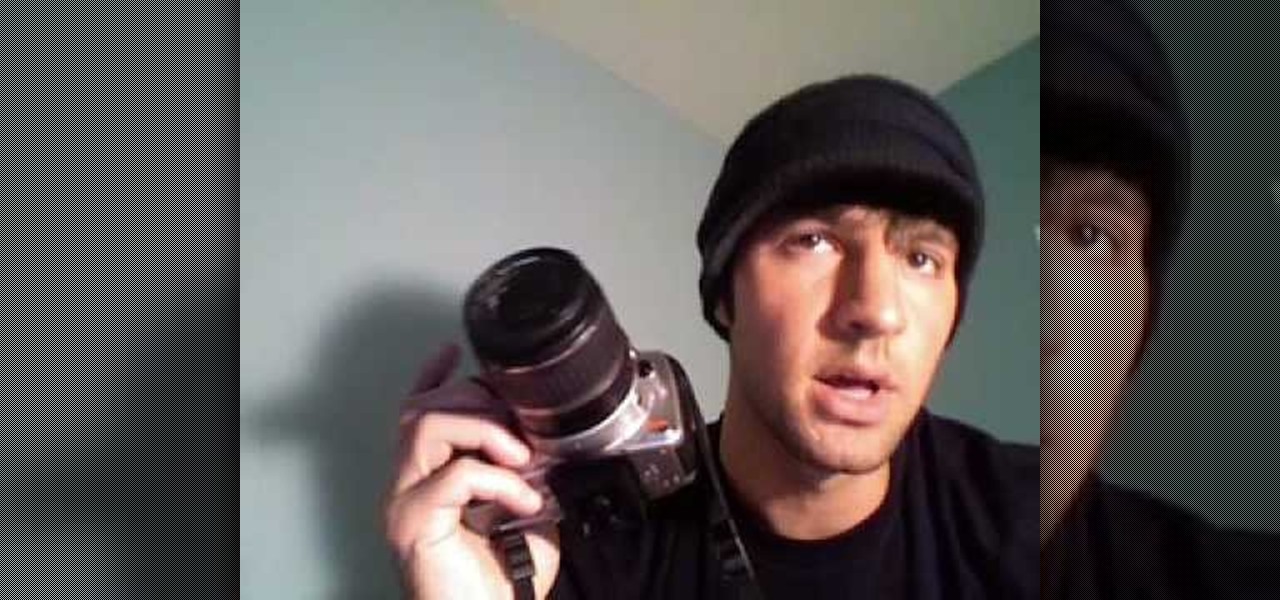
How To: Do a simple, quick light painting with flashlights
Light painting (or light writing) is a relatively new art form combining flashlights and long camera exposures to create amazing still images with designs literally drawn on them in light. This video features an experienced light painter teaching you the basics of the at in only 2 minutes! He covers what you will need, how to use it, and demonstrates the painting of a simple happy face. Now get out there and try it yourself!
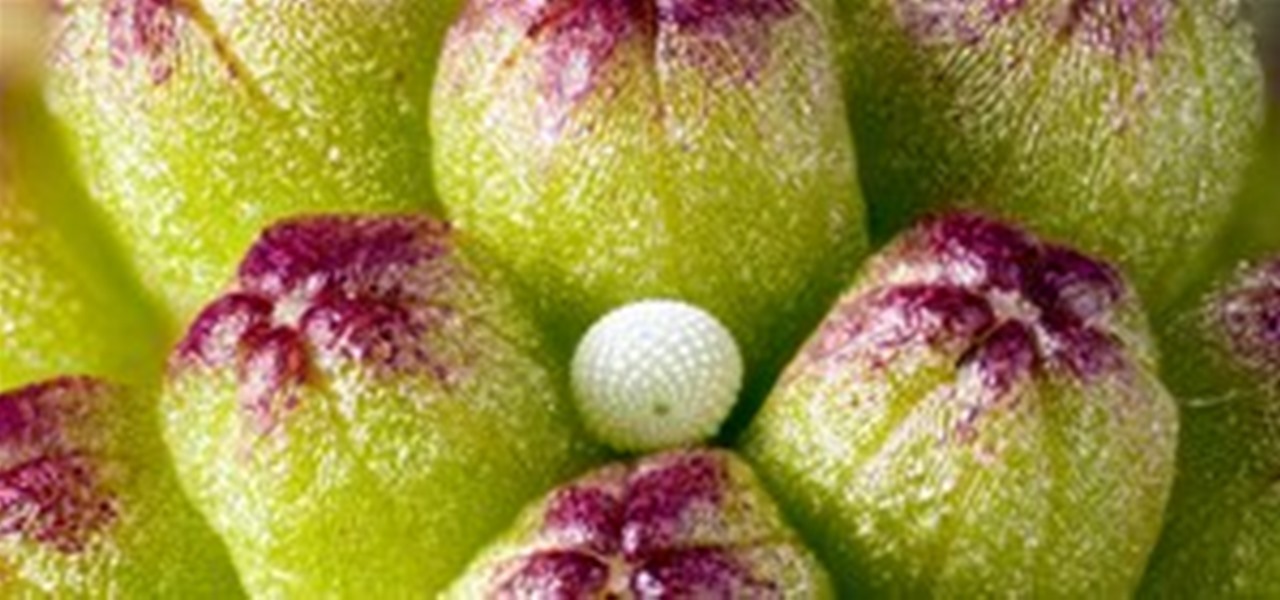
News: Everything Is Beautiful Under the Microscope
Below, a selection of images from the Nikon International Small World Photomicrography Competition. The Big Picture reports:
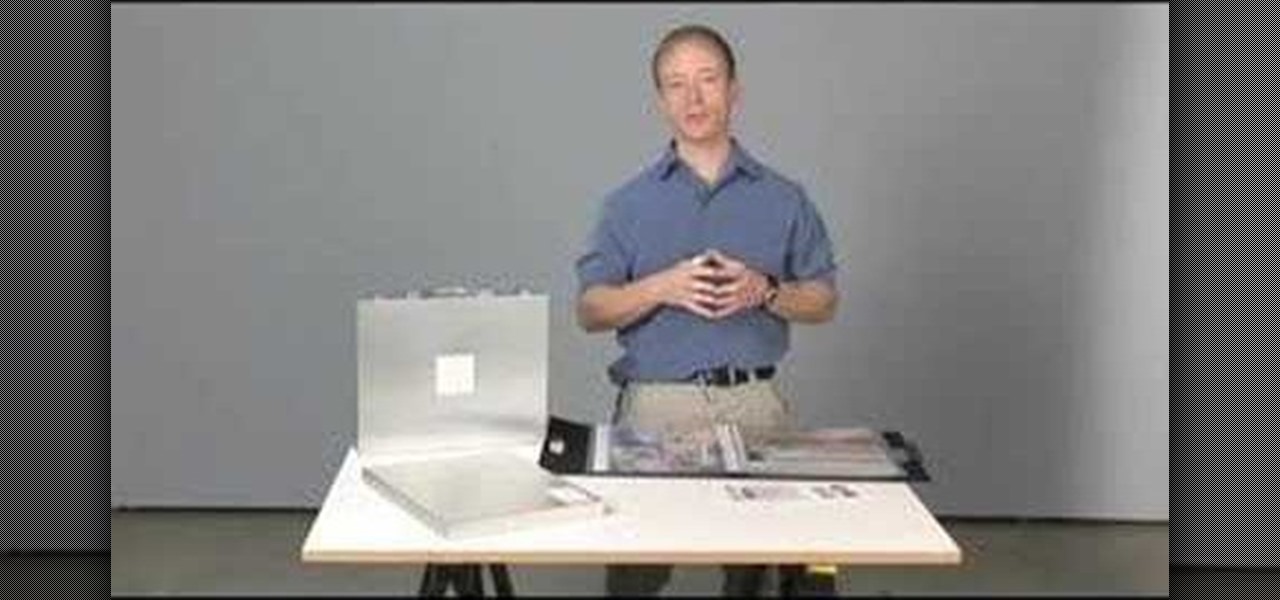
How To: Prepare a photography portfolio presentation
Putting together a print portfolio for your photography? This instructional photography video provides some suggestions on photographic portfolios and how to assemble a portfolio. It is very important to have a good online presence, a nice gallery of your work to show. But there are advantages to having a print portfolio as well.
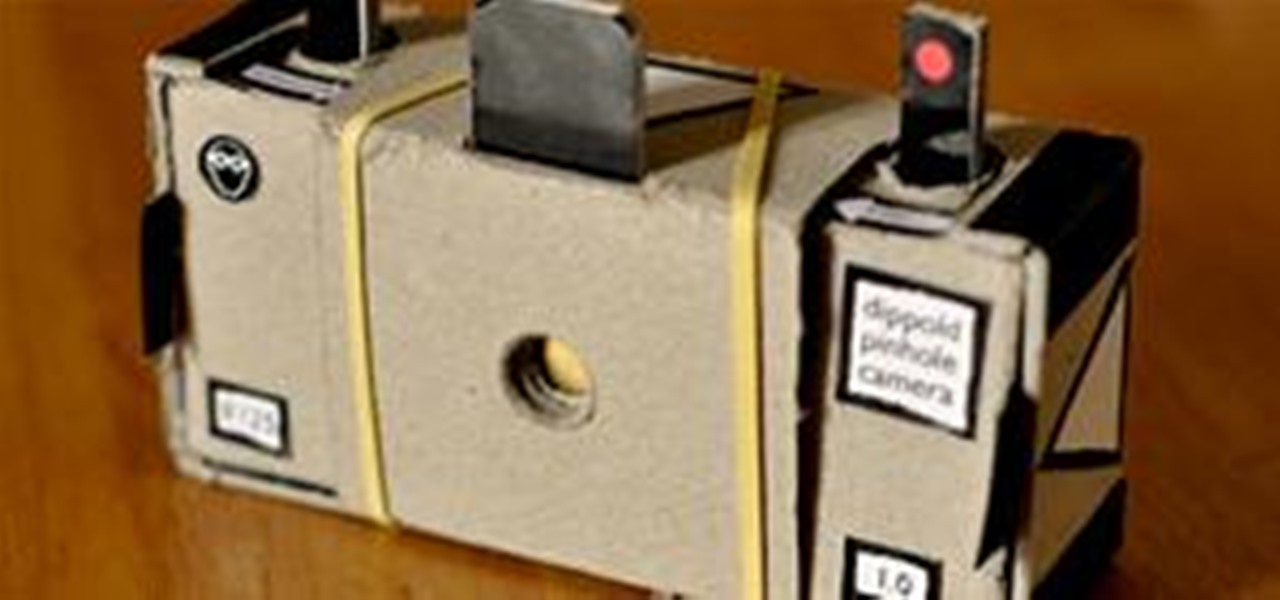
News: Printer + Paper + Rubberband = Cheapest Camera in the World
Download. Print. Cut. Assemble. Install some 35mm film, and you're good to go. Who knew you could make a camera so cheaply? Well, a pinhole camera, that is.
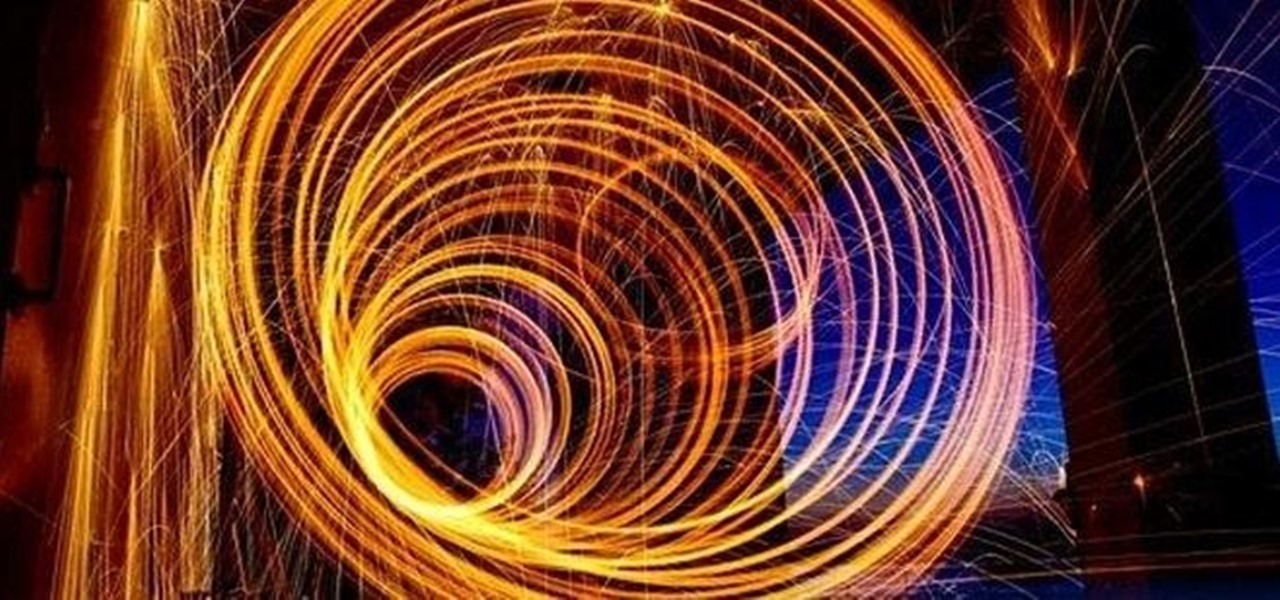
How To: Create a Light Painting Vortex Using a DIY Reusable Steel Wool Cage
There's no shortage of uses for steel wool, but the majority of them tend to be on the pyromaniacal side, like DIY fireworks. This trick by Mike Mikkelson is no different—it uses a homemade reusable "wool cage" to create a spinning vortex of light, like in the photo below. You can do this with just a piece of steel wool on a cable, but Michael wanted something he could easily reuse no matter how many shots he took, so he built a small cage to house the steel wool out of chicken wire, a small ...
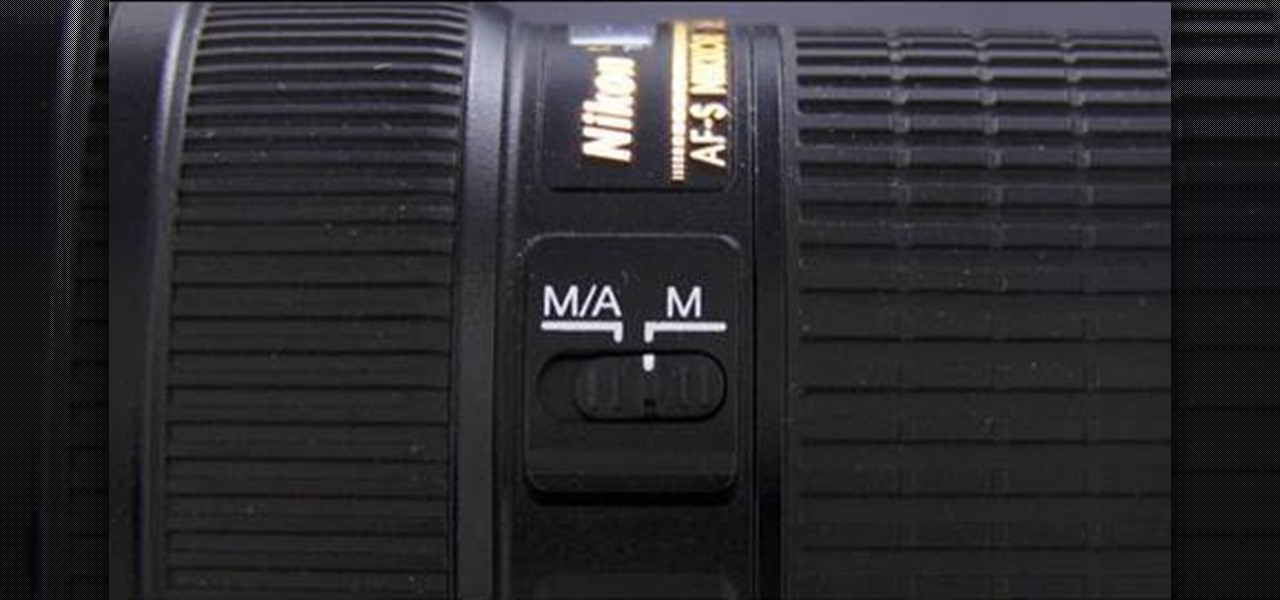
How To: Test the sharpness of a lens
The resolution, or sharpness, of a lens is vital to creating and reproducing quality photographs. Watch as this video breaks down how to diagnose the sharpness of your SLR lenses.
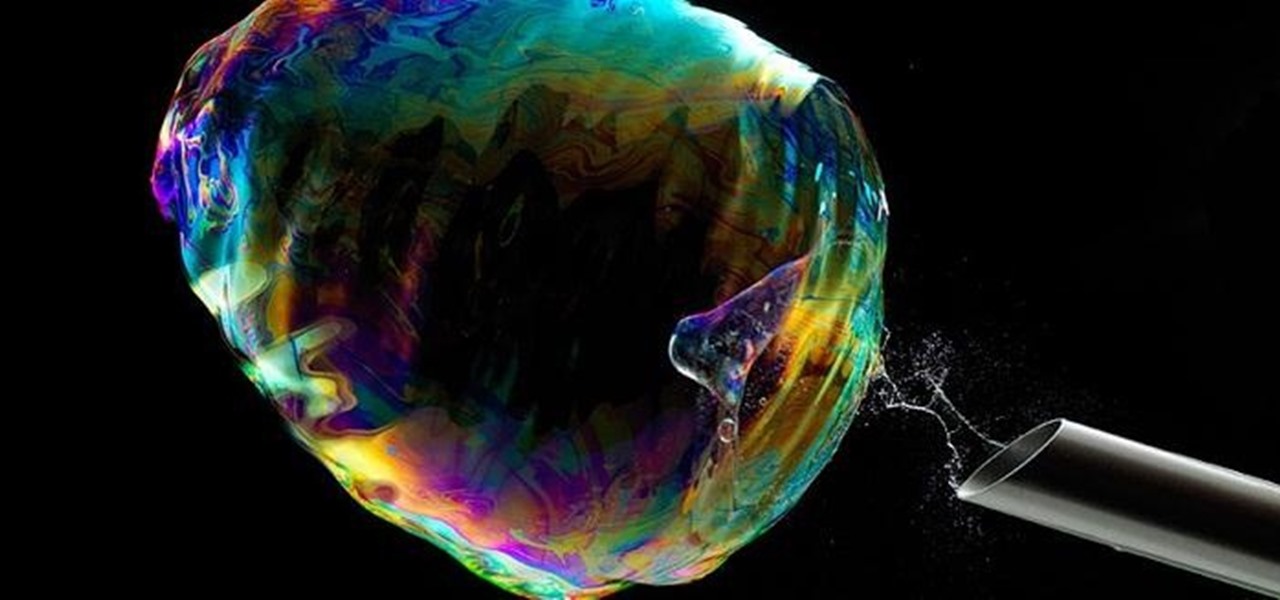
News: The Iridescent Beauty of Bursting Bubbles Captured with High-Speed Photography
Swiss photographer Fabian Oefner wanted to capture the moment right before a bubble bursts, a feat that required surprisingly little equipment, but a lot of time and patience. The result was well worth it though. Here's a quick before and after: The trick to the color, he says, is lighting the bubbles from all angles. He placed illuminated panels all around and used a high-speed flash. The bubbles were blown through a sugar funnel. The trickiest part, not surprisingly, is capturing the exact ...
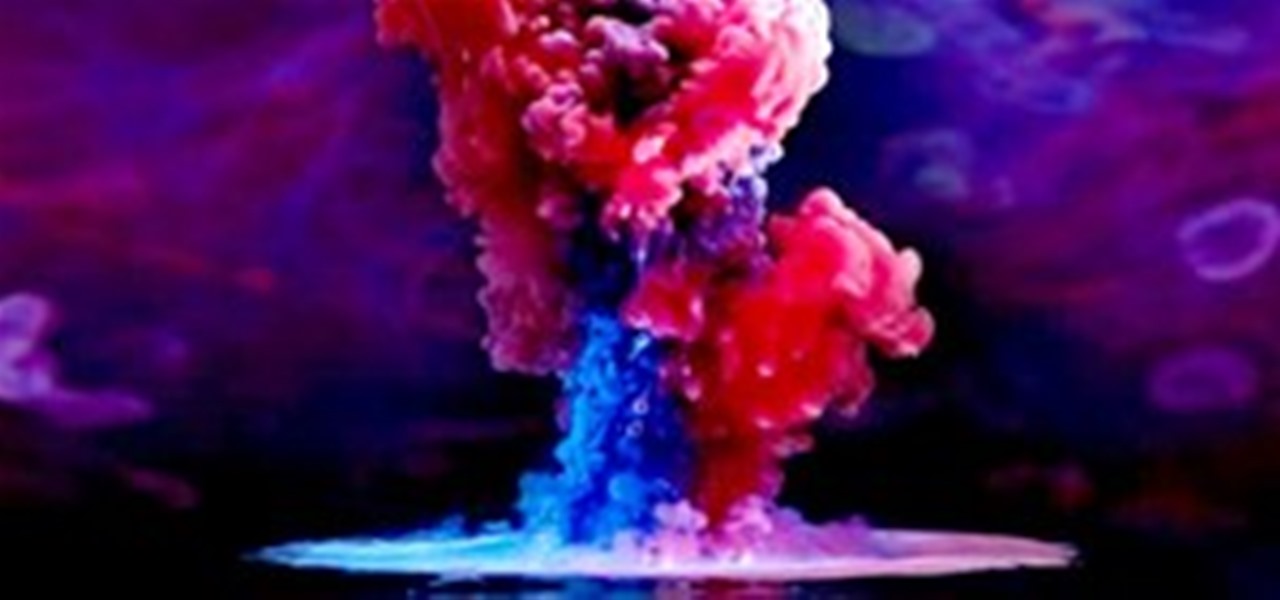
News: Paint + Water Looks Like Beautiful H-Bombs
Though photographer Mark Mawson's concept is simple, the results are stunning. In a series entitled Aqueous I and Aqueous II, Mawson took photographs of wet paint dispersed in water. The images evoke jellyfish, or rainbow colored hydrogen bombs. Mawson says:"I had seen lots of ink in water shots and wanted to try something which had more body and which produced more organic forms."
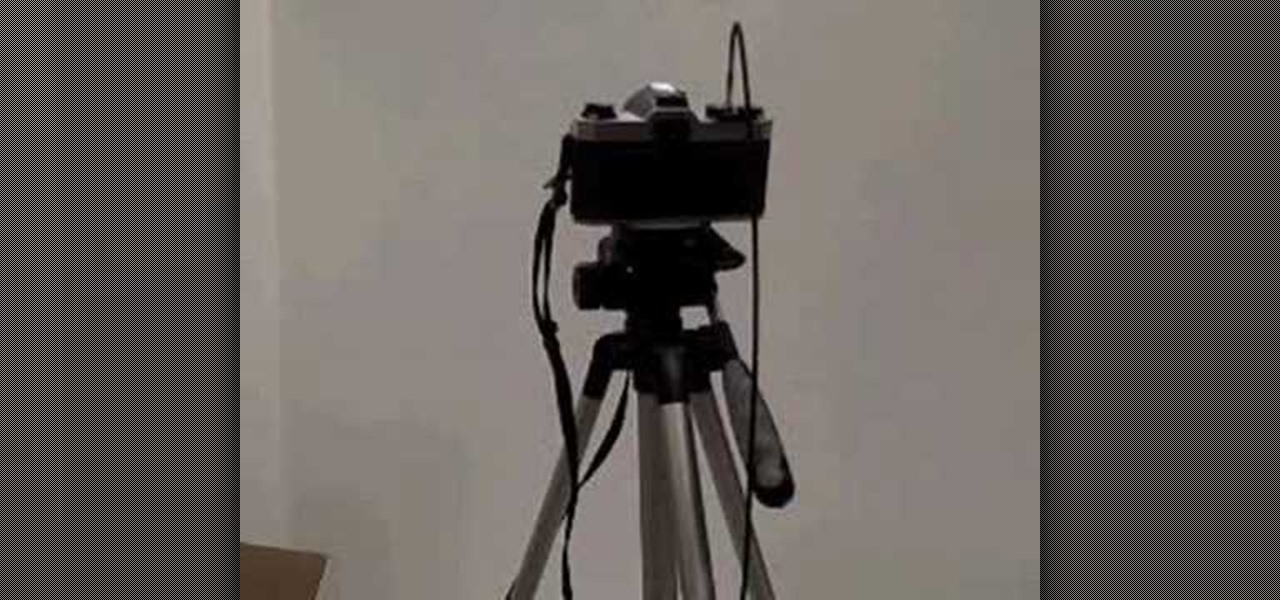
How To: Take pictures of stars without a telescope
This tutorial shows you how to take nice star pictures and star trail pictures with just a camera. This video also provides tips on choosing film, digital processes, and how to take late night photographs of stars in the night sky. You will need a tripod or a way to keep your camera absolutely still for long exposures. You can take photos of stars with a regular 35mm camera using a release cable, or use a digital camera with long exposure settings.

How To: Make an LED ring light for your Canon G10 & G11 camera
This video shows you how to make a simple, DIY ring light for your point and shoot Canon G10 or G11 camera. By using either cool white or warm white LED lights, you can set your white balance presets to daylight or tungsten. Ring lights are incredibly useful in fashion photography for an even, soft light with a striking eye light.
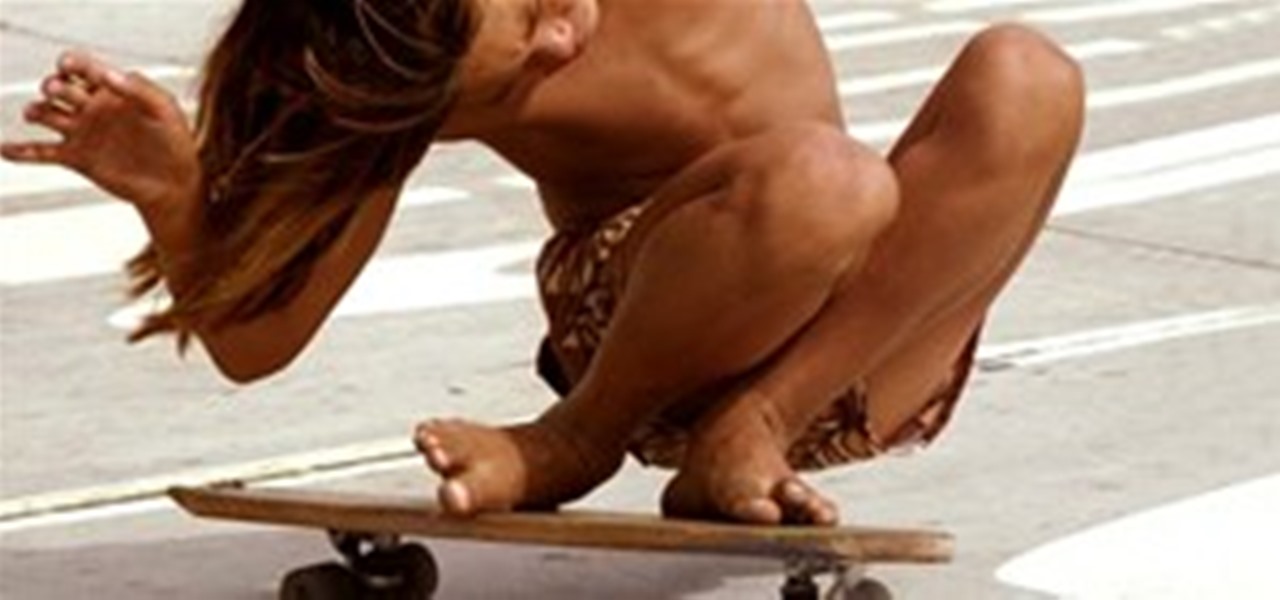
News: The Birth of Skateboard Culture
Beautiful images from photographer Hugh Holland's recent show at M+B Gallery in L.A., "Locals Only", a portrait of 70s skateboard culture.
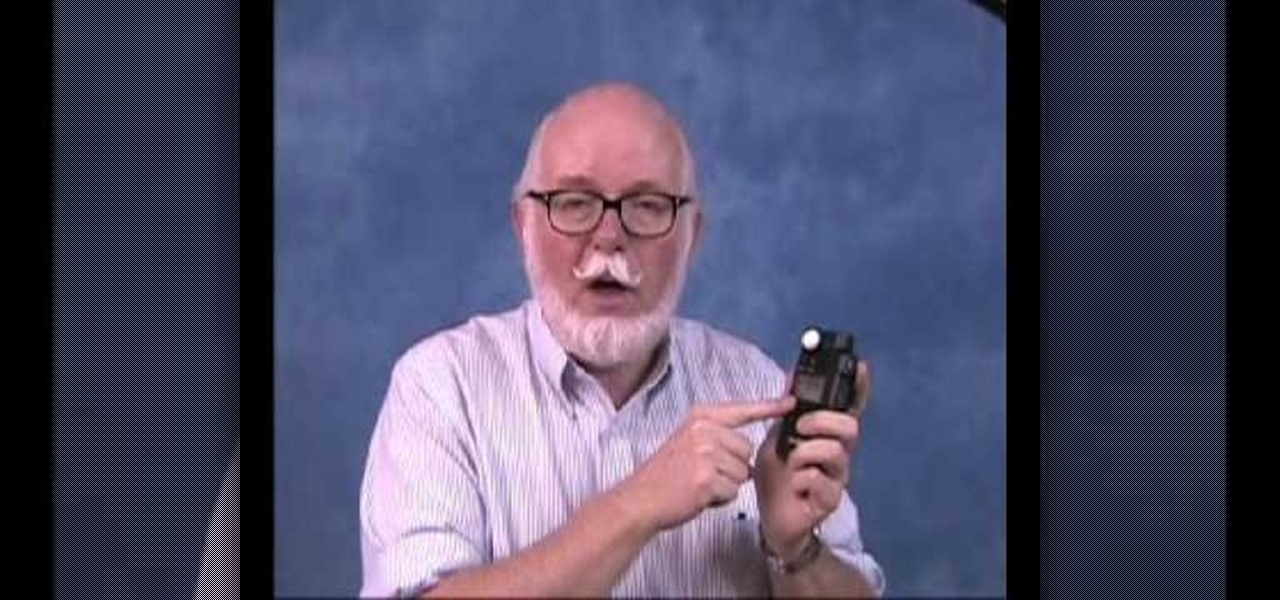
How To: Use a Polaris incident light meter
In this Fine Art video tutorial you will learn how to use a Polaris incident light meter. The meter has a power, mode, ISO control and a multi flash exposure buttons. On the side you have the up / down and the trigger buttons. Power on the light meter. Select the mode, say ambient light and then set the ISO by pressing the ISO button and the up/down button. Now using only the up/down button, set the shutter speed. Then place the meter under your chin to meter the light on your face. Press the...

How To: Do photo studio lighting yourself
Create a larger, more sophisticated studio photography lighting setup but still use simple materials
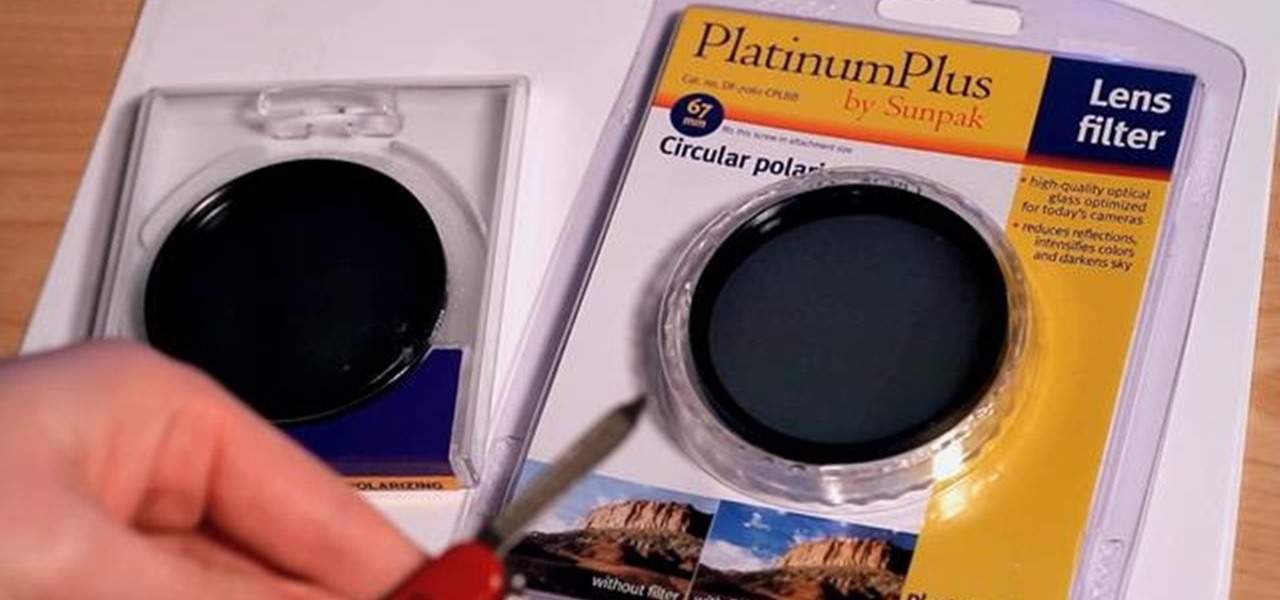
How To: Make your own Variable-ND filter with cheap circular polarization filters
Looking for a Variable-ND filter without having to spend $300? There's a way that you can actually make your own for as little as $10-$20 using some cheap circular polarization filters! Instead of getting a picture tutorial, in this video, you will get a fully commentated walkthrough of the process that he uses to remove the lenses and more to create his own filter!

News: The Northern Lights Are Even More Spectacular in Time-Lapse
Aurora borealis (or the northern lights) is a naturally occurring, beautiful light display caused by "the collision of charged particles directed by the Earth's magnetic field." Below, an electrifying display of time-lapse footage taken in Tromsø, Norway, by Tor Even Mathisen. Shot with the Canon EOS 5D Mark II.

HowTo: Arduino High Speed Photography Trigger
Photography guru Matt Richardson demonstrates how to build your own arduino high speed flash trigger so you can create awesome work like this. Pick up the project code here.
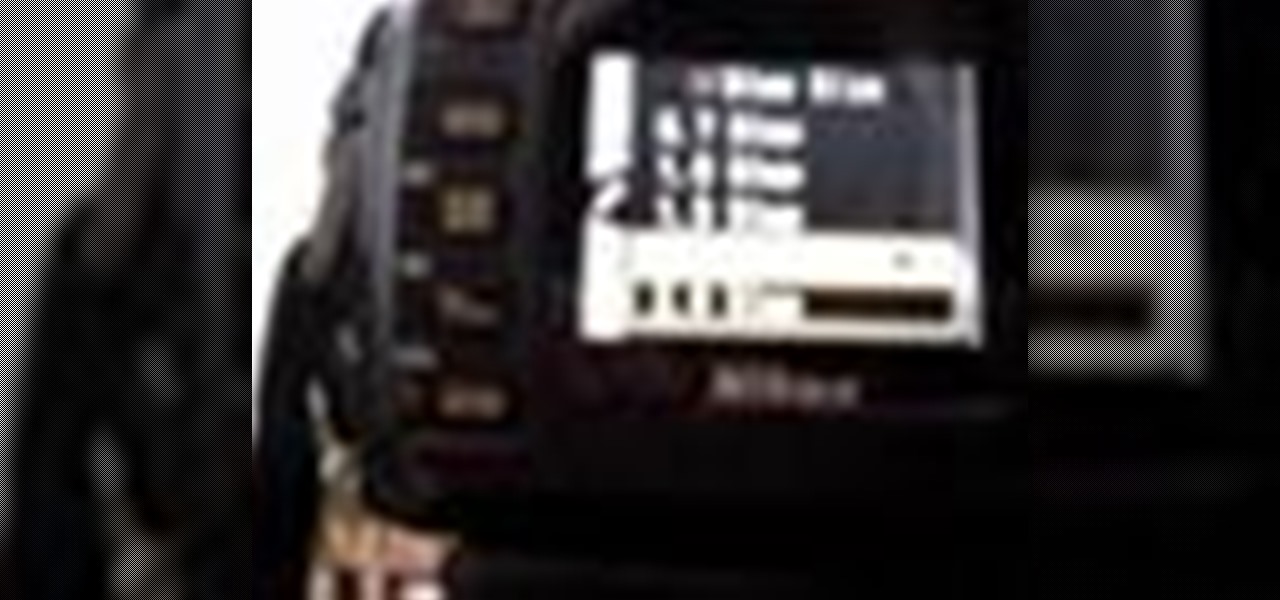
How To: Take an HDR photo with a Nikon D50 digital camera
See how to take an HDR photo set (three photos, each with different exposures) using a Nikon D50 digital SLR camera. This how-to video includes a walk through of the settings you should use to take the high dynamic range imaging photo. It pretty much works the same on most digital SLR cameras, so pay attention to this video tutorial.
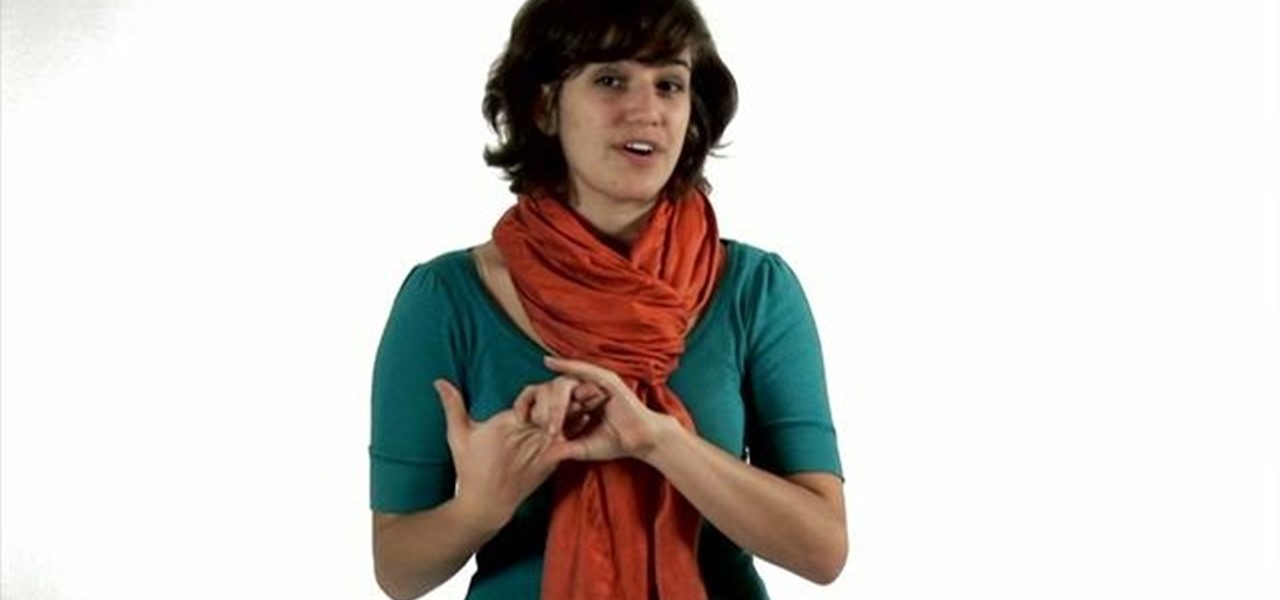
How To: Make a cool lampshade using a panorama photo
If you've taken some great looking panorama shots, but have no idea what to do with them, this tutorial may have something in mind. In this tutorial, you'll be finding out how to take a cool looking panorama and trasnfer it onto a lamp shade. It will not only give use to your photo, but add an interesting piece of furniture to your home as well.
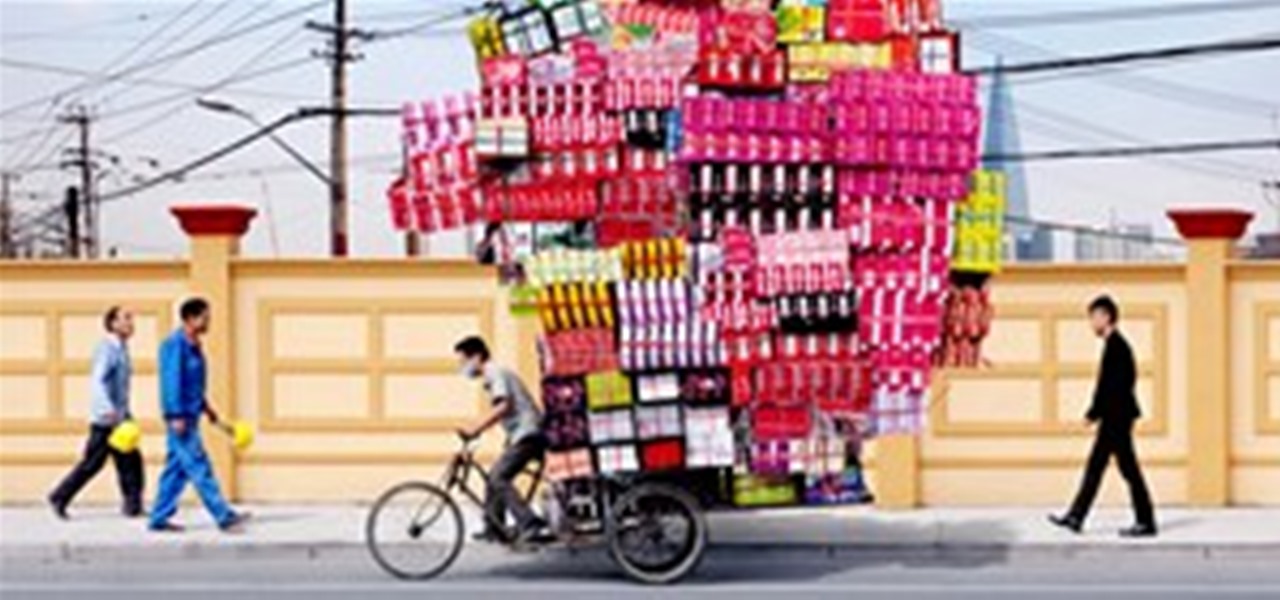
News: Once Again, China Operates as if It's Another Planet
I thought American bicycle couriers were tough. Until I saw these poor Chinese workers carrying literally truckloads of cargo on the back of their bikes. Photographs of Shanghai bicycle carriers by Alain Delorme:

How To: Make a polaroid pinhole camera
Interested in making a pinhole camera out of an old polaroid packfilm camera? This will give you instant pinhole photos rather than waiting for a lab to process the film.

News: AMAZING What You Can Capture With a Macro Lens!
Photographer Suren Manvelyan presents an incredible series of macro photographs of eyes, entitled: "Your Beautiful Eyes".

How To: Convert a polaroid super shooter into a pinhole camera
Watch this two part video series to learn how to convert a polaroid super shooter or colorpack camera into a pinhole camera. This video demonstrates how to strip the camera down and make a tripod mount. This is for the 3.25x4.25 pack film cameras: Polaroid 667, 672, 664, 690 and Fuji film FP-100, FP-3000 instant films. The 80 series/square shooters will not work. To determine if your camera will work, measure lengthwise across the back. 17 cm will work, 15 cm will not.



